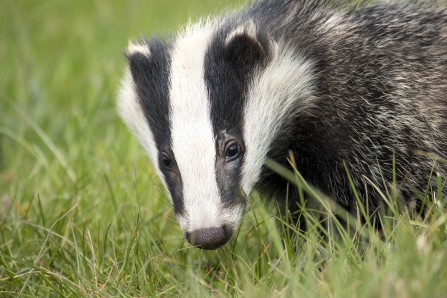The area of land known locally as ‘Seven Cornfields’ was put forward to be considered for the allocation of new housing in 2017. This was done through the review of the Black Country Plan (formerly known as the Black Country Core Strategy) which is being undertaken by the four Black Country authorities, and which seeks to allocate new land to meet Government housing targets and employment land needs. Through this process (known as the Call for Sites) landowners and their representatives were invited by the local authorities to put forward areas of land (both within and outside of the green belt) to be considered for inclusion in the revised Black Country Plan as allocations for new development. Details of all the sites that have been put forward for consideration can be found here.
To inform the local authorities’ proposals a range of studies and surveys have been commissioned. These include what are known as Local Sites Assessments which are used to determine if a site should be designated as a Site of Importance for Nature Conservation (SINC) or Site of Local Importance for Nature Conservation (SLINC). The Wildlife Trust have been commissioned by Sandwell, Walsall and Wolverhampton councils to undertake a number of Local Sites Assessments, some of which were completed in 2018 and some of which are ongoing.
The part of Seven Cornfields which lies within the boundary of Wolverhampton (the remainder being in South Staffordshire) was surveyed in 2018 and recommendations were given that the areas of woodland should retain their SINC status and that some other parts of the area – including hedgerows – should be designated as SLINC. These recommendations were endorsed by the Local Sites Partnership and the process of formally designating these now lies with City of Wolverhampton Council. It is the Wildlife Trust’s position that we object to any development that will have adverse direct or indirect impacts on any site designated SINC or SLINC.
The Wildlife Trust have also been commissioned by the Black Country local authorities to undertake an Ecological Valuation of the Black Country Green Belt. This ongoing comprehensive study of the entire Black Country green belt will determine which parts of this are of the highest value to wildlife, and the review’s findings will be used by the local authorities as part of their evidence when finalising their proposed allocations of land. The Ecological Valuation of the Black Country Green Belt is currently in draft and will in the future be published by the local authorities as part of the Black Country Plan evidence.
We are confident that the study will provide a robust evidence base and we will object strongly and independently to any proposal to develop those areas of land which the study identifies as being of significant ecological value. Furthermore, we will work closely with the planning authorities to ensure that any new developments that do go ahead are designed with wildlife in mind from the outset, so as to ensure that future neighbourhoods are of the highest possible standard for both wildlife and people.
Simon Atkinson, Head of Conservation.

